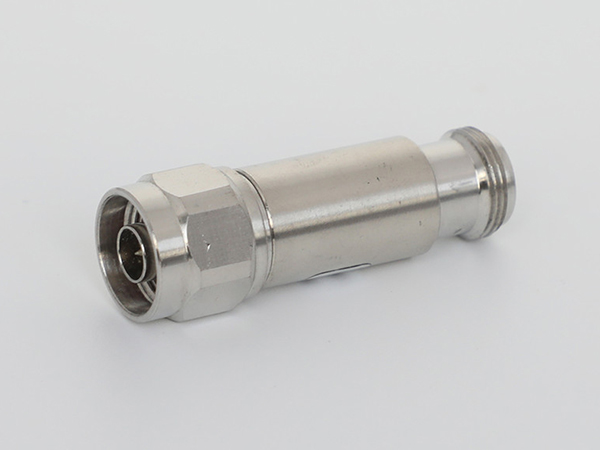 CNT Precision
CNT Precision
Hot keywords:Cable assembly,load,Millimeter wave adapter,Adapter manufacturers

What are the application range and advantages and disadvantages of the 16-channel MEMS attenuator module?
In the rapid development of optical communication technology, high precision, high stability and fast response optical devices have become an indispensable key element. Among them, the 16-channel MEMS attenuator module occupies a pivotal position in the field of optical communication with its excellent performance and wide application range. This paper will discuss the application range, advantages and disadvantages of 16-channel MEMS attenuator module in detail, and reveal its technical charm for readers.
Scope of application
1, optical communication system balance adjustment
In optical communication systems, the optical power of different channels may be different, which will affect the transmission quality of the system. The 16-channel MEMS attenuator module is able to precisely regulate the optical power of each channel to ensure that it is within the appropriate range, thereby improving the transmission quality of the system. At the same time, the module can effectively compensate the attenuation difference caused by the signal of different frequency bands in the transmission process, and achieve the balance of channel transmission.
2, optical receiver automatic gain adjustment
At the optical receiving end, in order to ensure that the received optical signal can be converted into an electrical signal normally, the power of the optical signal needs to be adjusted automatically. The 16-channel MEMS attenuator module can automatically adjust the attenuation according to the received optical signal power, and realize the automatic gain adjustment of the optical signal. When the power of the optical signal is too large, it can avoid damage to the optical receiver and ensure the stable operation of the system.
3, Optical test and measurement
In the field of optical test and measurement, the 16-channel MEMS attenuator module can be used to control the power and attenuation of the optical signal to adapt to different test requirements. For example, in the performance test of optical fiber communication system, it can simulate the loss and dispersion effect of different lengths of optical fiber, and provide accurate reference data for the test.
16-channel mems Attenuator module
2. Analysis of Advantages 1, high precision control The16-channel MEMS attenuator module uses MEMS technology to accurately control the movement of the micromechanical structure to achieve accurate adjustment of the optical signal intensity in the optical path. This high precision control provides a strong guarantee for the stability and reliability of optical communication system.
2, High stabilityThe module has high stability and reliability, and can work stably for a long time under various environmental conditions. This is thanks to its advanced MEMS technology and unique optical design, which ensures the normal operation of optical communication systems.
3, quick response The16-channel MEMS attenuator module is fast and can respond quickly to changes in the optical signal and adjust. This fast response capability is crucial to the dynamic performance of optical communication systems and can meet the needs of real-time regulation.
4, low power and miniaturization
The design based on MEMS technology enables the module to have low power consumption and miniaturization. This is not only conducive to the integration of optical communication system, but also can reduce the overall energy consumption of the system and improve the energy efficiency ratio of the system.
Analysis of shortcomings
1, temperature sensitivityAlthough the 16-channel MEMS attenuator module has high stability, its performance can be affected by temperature changes. In high or low temperature environments, its attenuation accuracy and stability may be reduced. Therefore, appropriate temperature compensation and calibration measures need to be taken in practical applications.
2, production challenges
Due to the micromechanical structure, the manufacturing process of the module may face certain challenges. This includes issues such as precise control in the production process, material selection, and packaging. These challenges can result in higher manufacturing costs and lower yield.
3. Price factor
Due to its high precision, high stability and unique technical characteristics, the price of 16-channel MEMS attenuator modules is relatively high. This may limit its popularity and adoption in some cost-sensitive application scenarios.
In summary, the 16-channel MEMS attenuator module shows a wide range of application prospects in the field of optical communication with its characteristics of high precision, high stability and fast response. Despite its shortcomings such as temperature sensitivity, production challenges and price factors, with the continuous progress of technology and cost reduction, it is believed that it will play a more important role in the development of optical communication technology in the future.